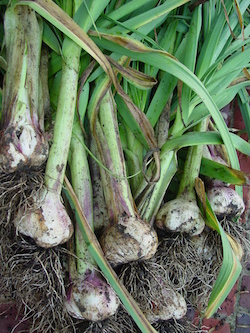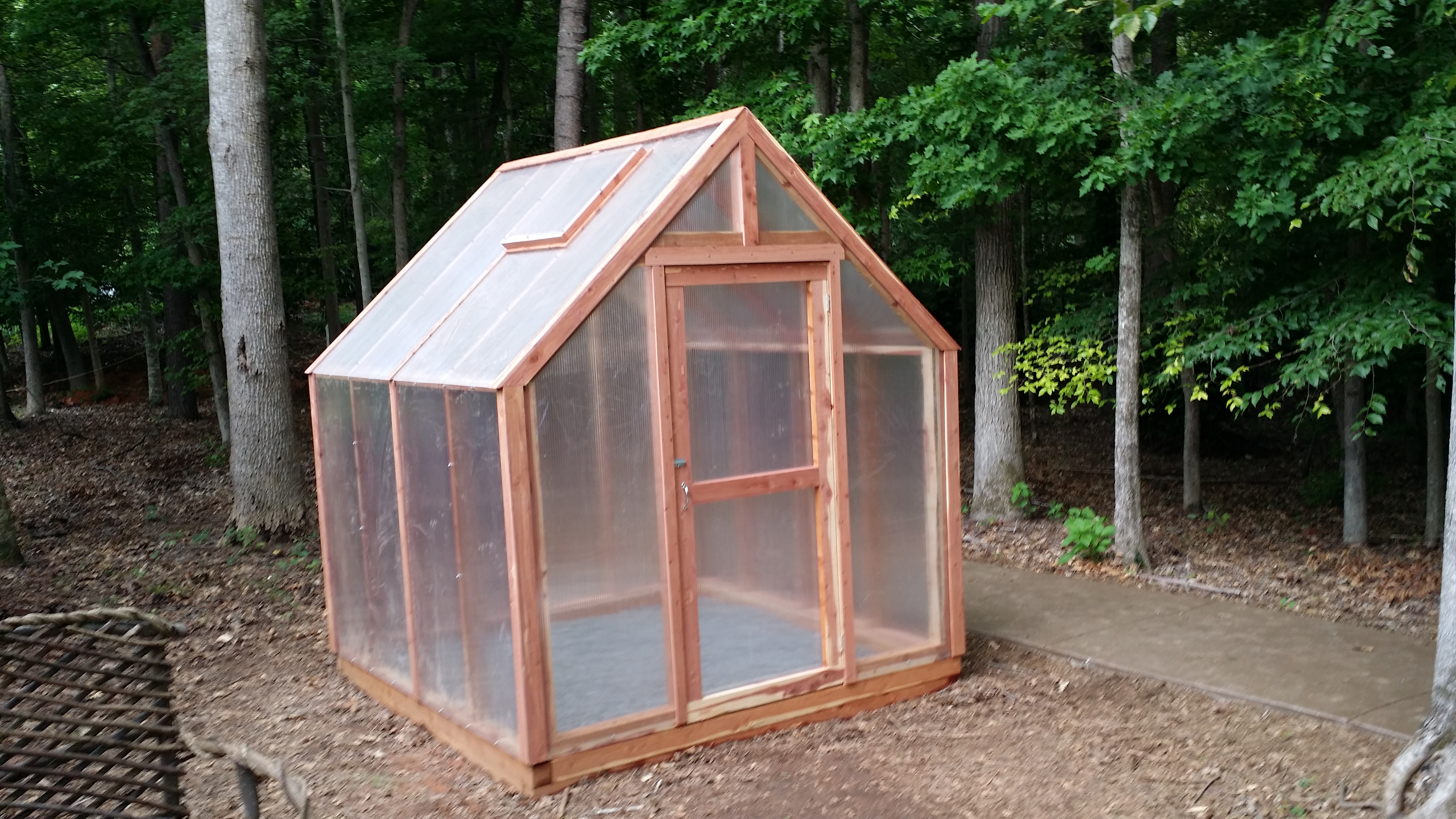Garlic and perennial onions produce a ton of yield, with very little effort on your part, and their epic contribution in flavor in the kitchen more than offsets the little bit of preparation and planning that goes into growing them in your garden. Just remember these five essentials and you’re well on your way to a flavor-packed garlic and perennial onion harvest.

Soil Preparation
Garlic and perennial onions like shallots, leeks, and potato onions thrive in a light, loam soil type that drains well. Be sure to add plenty of organic material like compost or aged manure. Use dolomite lime or sulfur to maintain a pH between 6.5-7.0 ; Acid or alkaline soil impairs growth and delays maturity. Remember, garlic and perennial onions are heavy feeders, so be sure to amend your soil with organic sources of nitrogen, and especially phosphorous and potassium before planting. Rock phosphate and green sand are two excellent slow release sources of these two essential nutrients.
Planting & Cultivation
While it is possible in the Southeastern US to plant garlic and perennial onions in the spring, fall planting typically yields much more. Timing here is key ; There’s a sweet spot between planting too early in the fall, which invites disease and hungry rodents like voles , and too late, which hinders the roots from becoming established before the onset of winter.
Plant soft neck and hard neck garlic cloves about an inch deep, and 6” apart in rows about a foot apart. Perennial onion bulbs may be planted the same way, while Egyptian walking onions need closer to 9” between plants, and multiplier and perennial leeks only require about 2” between plants. It’s important to keep the soil evenly most while your bulbs are growing as drying out stunts development and reduces yields. Use an organic mulch in your garden to conserve water and maintain even soil moisture throughout the growing season.
Pest & Disease Control
As with most all edible varieties, the best way to control insect pests is to cultivate strong healthy plants. Rotating alliums throughout your garden will help control common insect pests like onion fly and thrips, and insecticidal soap or a horticultural oil like neem oil can be useful for controlling infestations.
Use mouse traps to catch voles and field mice, both of which travel in underground tunnels created by moles. Onion neck rot is a disease usually caused by excessive rain and poor air circulation.
Harvest, Curing & Storage
Garlic can be harvested when the lower third of the leaves have turned brown. Many gardeners make the mistake of waiting until the tops have fallen over, which is too late and makes the bulbs less attractive and harder to clean. Multiplier onions should be harvested when about half of the tops have fallen and the clusters can be gently lifted or dug up. Top set onions like Egyptian Walking Onions are usually grown for the greens, so digging up the bulbs would be mainly for transplanting. Avoid rinsing garlic and perennial onions once harvested as this encourages rot. Instead, simply shake off any excess soil and move the bulbs to a warm, dry, well ventilated area to begin the curing process, which usually take a month or two. Check frequently for spoiled bulbs, gently removing them without bruising the others. any Store cured bulbs over the winter in an unheated room like a garage or root cellar and remember that good air circulation will help prevent spoilage.

 Wednesday, November 28, 2018 at 10:49AM
Wednesday, November 28, 2018 at 10:49AM 








